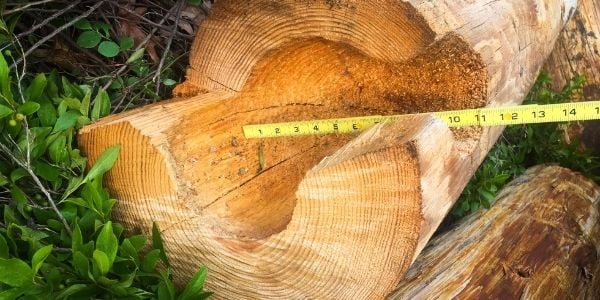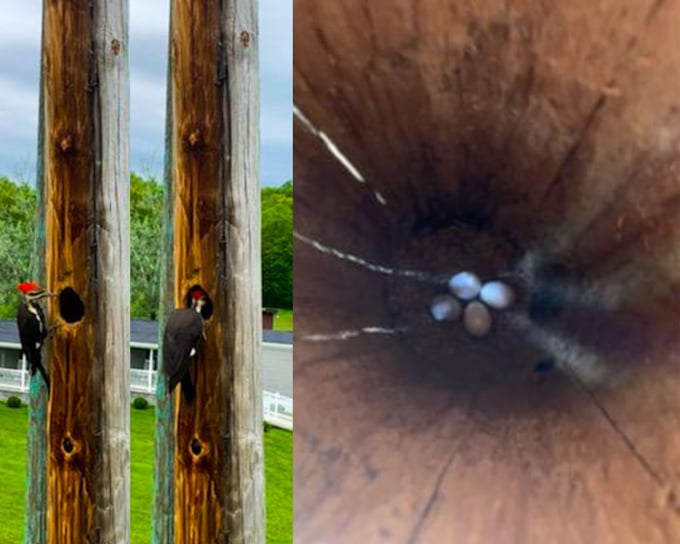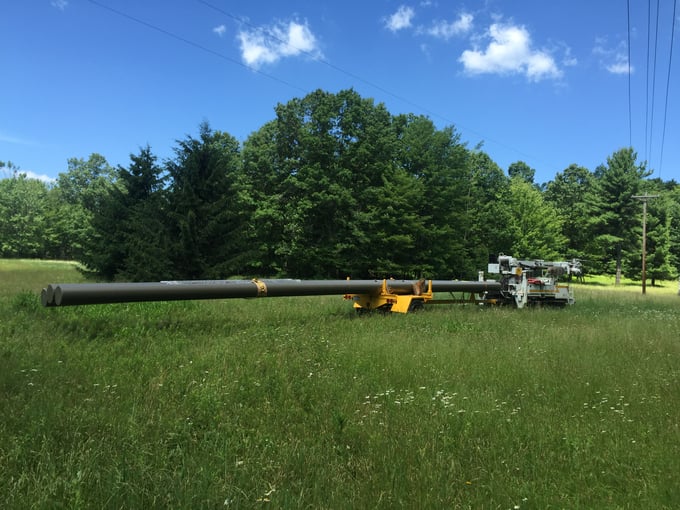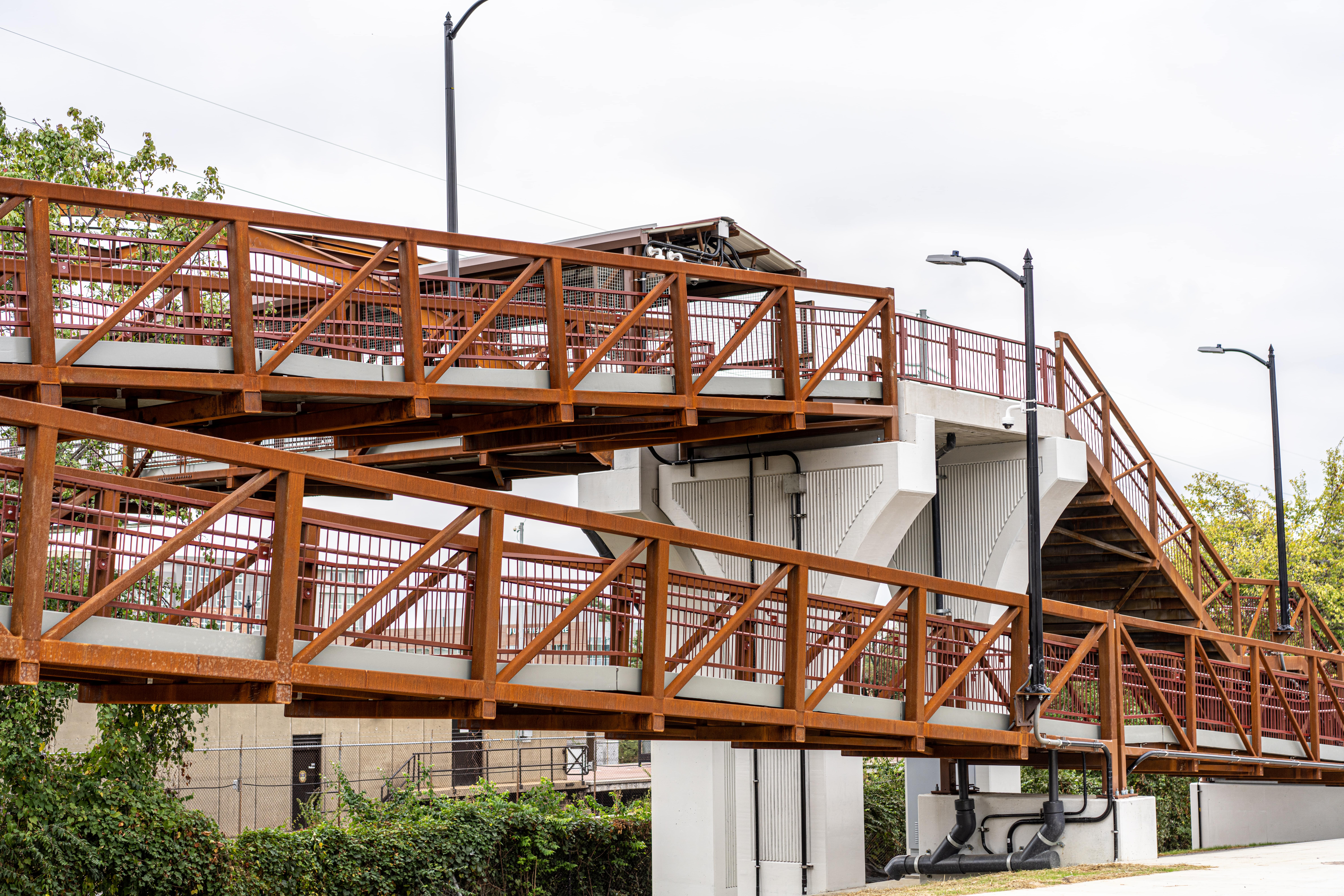
The average lifespan of a wood utility pole could be many years – but not when woodpeckers have anything to say about it.
Woodpeckers present the single largest threat to the durability and longevity of wood utility poles in the continental United States (termites are the biggest problem for Hawaii’s wood utility poles). For the last 30 years, woodpeckers have been increasing their assault on wood poles, weakening the grid and increasing risks of pole failure and power outages.
Fiber Reinforced Polymer (FRP) poles do not present an inviting target to these birds, thus maintaining the grid’s resiliency without adding harmful chemicals to the environment.
A Holey Problem
Woodpeckers peck for a variety of reasons: Some species peck in search of a favorite food, the insect larvae that live inside the wood. Other species peck to store their preferred food, acorns, each in a separate hole they bore into wood. All species of woodpecker make their nests in hollow trees or in holes they excavate by pecking. And most woodpeckers use pecking as a form of communication and territory marking, known as “drumming.” No matter the reason, many humans consider woodpeckers’ pecking a nuisance.

For humans in the utility industry, woodpeckers represent not merely a nuisance but also an infrastructural risk. Wood poles already present greater risks for weakening and failure than FRP or steel poles. Since wood is a natural material, it is hygroscopic. Absorbing water in precipitation and especially if that water freezes and thaws, wood’s structural integrity increasingly weakens. Add to this the many (sometimes thousands of) holes woodpeckers peck, and you get a pole with a significantly shorter lifespan and a greater risk of failure during its short life.
What’s a utility to do? The Migratory Bird Treaty Act protects almost all birds native to the U.S., so harming or killing the birds isn’t just undesirable – it’s illegal. In the past, a common legal solution was to treat wood poles with insecticides and preservative chemicals like pentachlorophenol. The problem with many of these chemicals, however, is their wider environmental impact (penta, for example, just recently lost its EPA registration). Solving the woodpecker problem without harming the environment or the birds themselves is as simple as switching pole material.
FRP Resists Woodpecker Damage
Fiber Reinforced Polymer poles by Creative Composites Group (CCG) eliminate the threat of pole damage from woodpeckers. FRP doesn’t house the larvae many woodpeckers eat, and woodpeckers can’t bore into the synthetic material. While they still might peck on an FRP pole to communicate, they won’t do damage to the pole or its structural integrity.

StormStrong™ utility poles by CCG help create a resilient grid by protecting against much more than woodpeckers. These poles offer superior performance even in disaster-level winds, rains, snows and ice, and being pultruded means a strong yet flexible pole. And StormStrong™ poles are lightweight enough to be helicoptered into any area where they can begin offering decades of reliable performance to utilities.
Contact us today to discuss your woodpecker problem and whether FRP poles by CCG can help.
